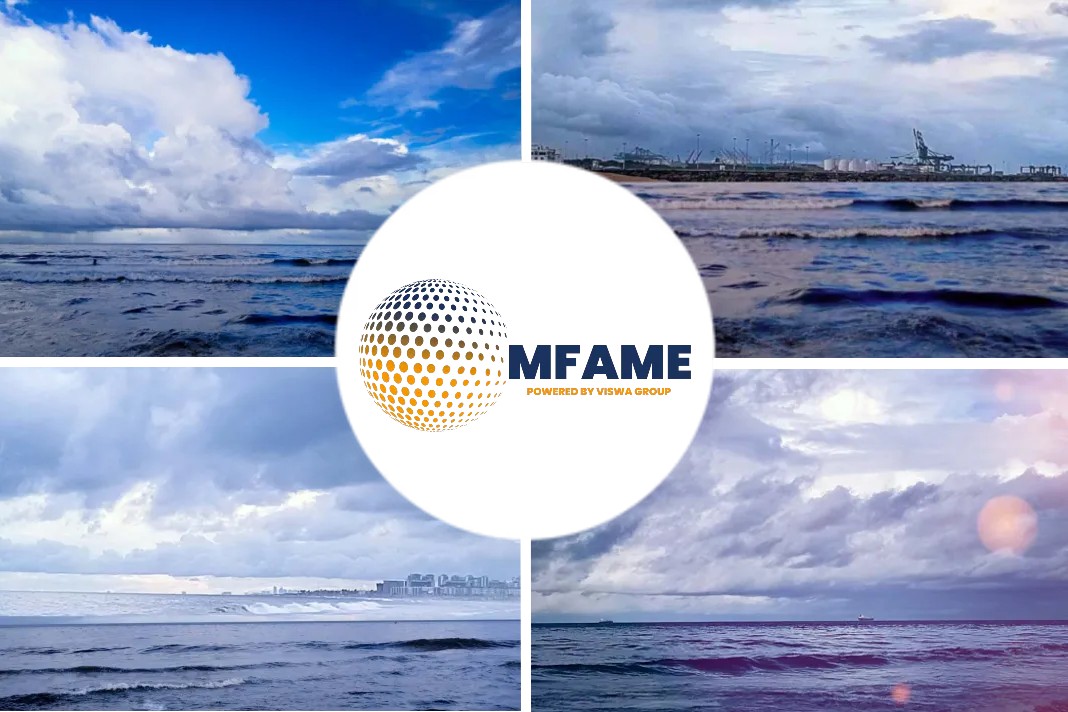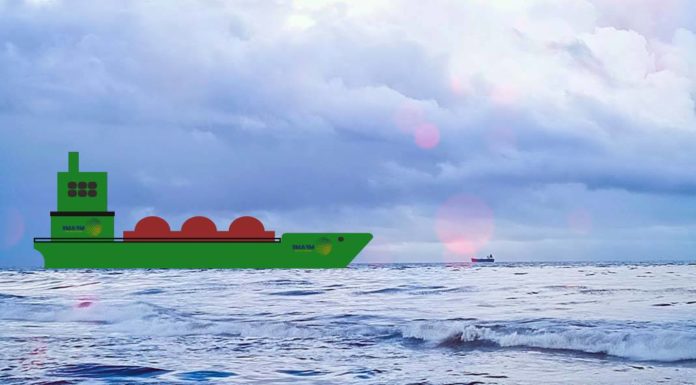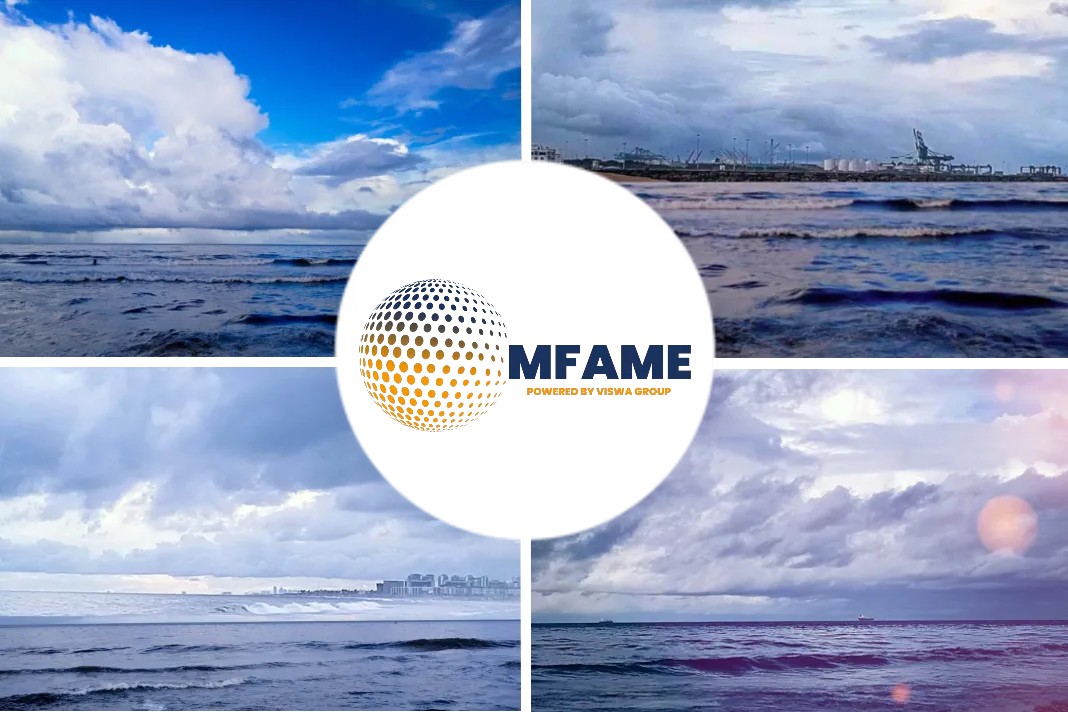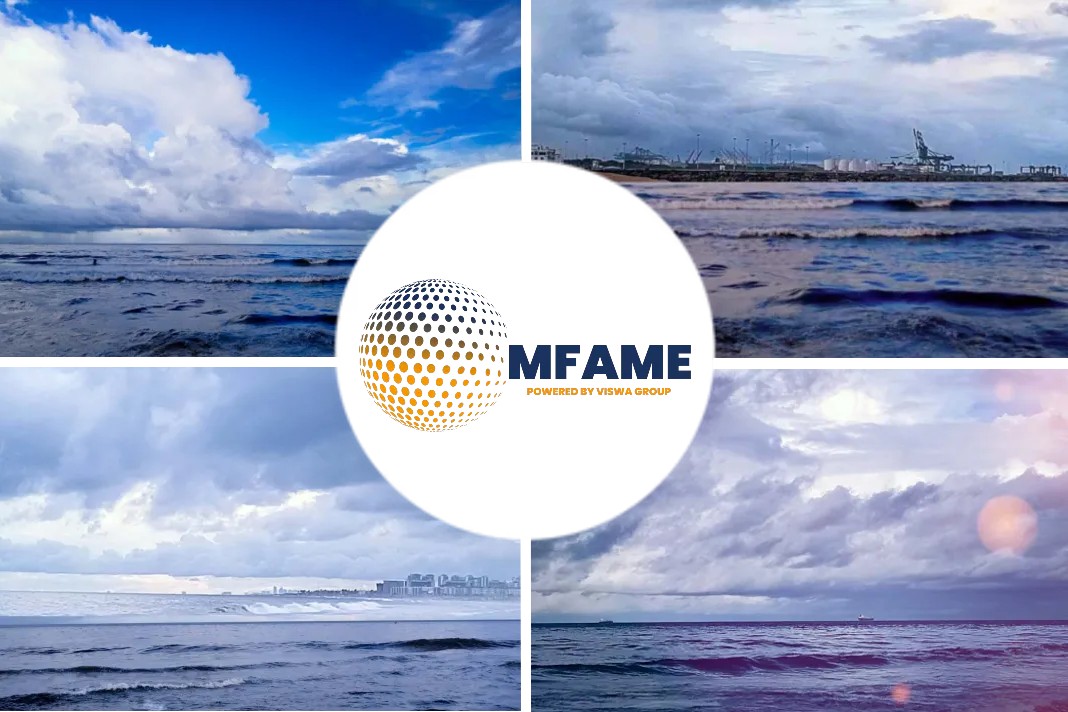 Built in 1959, the NS Savannah was the world’s first nuclear-powered commercial vessel and served as a signature element of President Eisenhower’s Atoms for Peace program, reports Federal Register.
Built in 1959, the NS Savannah was the world’s first nuclear-powered commercial vessel and served as a signature element of President Eisenhower’s Atoms for Peace program, reports Federal Register.
Retirement of The Savannah
While in service, the Savannah demonstrated the peaceful use of atomic power as well as the feasibility of nuclear-powered merchant vessels. The vessel was retired from active service in 1970 and was registered as a National Historic Landmark in 1991.
MARAD has already defueled the nuclear reactor of the Savannah and, as part of the decommissioning process for the vessel, is removing the remaining systems, structures, and components that were part of the ship’s nuclear power plant.
The Savannah is currently part of the National Defense Reserve Fleet (NDRF) in retention status; once the nuclear power plant is fully decommissioned, MARAD is anticipating future uses for the un-powered vessel pursuant to one of several options allowed by law. Disposition will be guided by all law applicable to the selection process and dispositional alternative selected.
The National Historic Preservation Act
These future uses may constitute an undertaking under Section 106 of the National Historic Preservation Act of 1966 (54 U.S.C. 300101 et seq.). The historic preservation review process mandated by Section 106 of the Act is outlined in 36 CFR part 800 “Protection of Historic Properties” issued by the Advisory Council on Historic Preservation.
Pursuant to 36 CFR part 800.2(d)(2), agencies must provide the public with information about an undertaking and its effects on historic properties and seek public comment and input. In light of this obligation, comments received will inform MARAD’s review of the options described in this notice and allow commenters an opportunity to present alternatives that MARAD has not included.
As such, this request for comments is narrowly focused on what MARAD should do with the Savannah once the nuclear power plant is fully decommissioned.
The possible choices
Accordingly, MARAD has identified two general categories of options: (1) Maintaining the vessel intact or (2) dismantling the vessel. MARAD has an interest in preserving the Nation’s maritime history and envisions that any options keeping the Savannah intact would seek to promote this interest. Should the Savannah be maintained, the vessel could be maintained by a member of one of three broad groups.
First, the vessel could be controlled by an agency of the Federal government; second, the vessel could be controlled by an entity outside of the Federal government; third, the vessel could be controlled by a public-private partnership between members inside and outside of the Federal government.
One possible outcome for retaining the Savannah would be for MARAD to continue its current control over the vessel but open it for presentation to the public as a museum ship in order to honor its historical importance. This option would implicate MARAD’s ability to acquire proper funding to ensure the feasibility of such a project.
Displaying the Savannah
A similar option would be for MARAD to initiate consultation with other Federal agencies surrounding the retention of the Savannah. Should the Savannah be displayed by the Federal agency, the missions and competencies of the agency should ideally align with MARAD’s goal of using the Savannah to preserve and showcase America’s maritime and nuclear history.
For that reason, and for example, MARAD has considered entering into consultation with either the Smithsonian Institution, which has a substantial history of showcasing items of important historical value to the public, or the National Park Service within the Department of the Interior, which has broad experience in preserving and managing National Historic Landmarks through its National Park Service.
MARAD might also provide the Savannah to a Federal agency for use as a maritime training platform or for other Federal purposes consistent with preservation of the vessel. Such consultation might result in agreement involving MARAD transferring the Savannah to the other Federal entity, where the vessel would then become a component of a museum system or a cooperative agreement under which MARAD would negotiate a division of responsibilities over the maintenance and operation of the vessel, with the other entity providing its expertise in converting the Savannah to and operating it as a museum with MARAD’s provision of technical advice.
Transferring the vessel
If MARAD decides not to transfer the Savannah to another entity of the Federal government but still wishes that it be maintained due to its historical importance, MARAD may seek to transfer the vessel to a party outside of the Federal government in one of three ways.
Donation
First, MARAD might dispose of the Savannah by donating the vessel. MARAD has the existing statutory authority to donate the Savannah to a non-profit organization, State, or subdivision of a State that can demonstrate a willingness and financial capacity to operate the vessel. Should an eligible party apply and meet these requirements, MARAD would then have the discretion to donate the Savannah to that applicant.
MARAD also has the authority to, upon request, donate suitable vessels to State maritime academies for training uses to complement primary reliance on the new class of National Security Multi-mission Vessels as training platforms. Subject to MARAD’s assurance that the recipient would properly preserve the vessel, the Savannah could, if found suitable, be thus used for training purposes if an application is made by a State maritime academy.
Charter
Second, MARAD also has the authority to charter the Savannah to any party on the basis of competitive sealed bids. Parties wishing to charter the Savannah must comply with the applicable statutory provisions, particularly around the requirement that MARAD dismiss any bid that does not reach a minimum threshold.
Public-private partnership
Third, MARAD might attempt to manage the Savannah under a public-private partnership. Public-private partnerships can fall into two general categories. The first involves retention of the Savannah by an entity that could be created by Congress specifically to receive and maintain the vessel. Such an entity could include a trust, a government corporation, or a non-profit organization.
As this option would require a future act of Congress to create Start Printed Page 2732the entity in question, the entity’s exact contours would need to be determined. Ideally, this entity would manage the Savannah in such a way as to be financially self-sufficient.
The second type of public-private partnership would involve a contractual partnership with an outside group. MARAD might attempt to enter into agreements with outside groups, where the recipient group would operate and maintain the vessel and MARAD would provide assistance.
Dismantling
Finally, besides maintaining the Savannah intact, MARAD might transfer the vessel for use in a man-made reefing project or dismantle it. First, MARAD has the authority to transfer the Savannah to a requesting state or a foreign country for that state or foreign country to sink and use it as an artificial reef.
Should MARAD grant the state or foreign country’s application, the Savannah would be sunk and its remnants would be used for the conservation of marine life. The other permanent disposal method that MARAD could consider is to dismantle the ship.
MARAD would enter into a contract with an approved ship recycler to dismantle the ship If the contract resulted in a sale of the vessel, any proceeds would revert to statutory programs supporting the National Defense Reserve Fleet, maritime education, and maritime historic preservation and educational programs.
Least favored choices
The options of artificial-reef use or dismantlement are the least favored because the National Historic Preservation Act strongly favors the preservation of National Historic Landmarks like the Savannah whenever possible. This notice seeks comments to inform MARAD’s choice over which of these uses or dispositions to pursue as well as provide an opportunity for the suggestion of any other options that have not been mentioned.
As part of our review, MARAD is issuing this notice to engage the public and the broad spectrum of stakeholders that may be affected by a given disposition of the Savannah. Information received will be used to evaluate the future of the Savannah and help to determine which option to pursue.
Did you subscribe to our daily newsletter?
It’s Free! Click here to Subscribe!
Source: Federal Register














